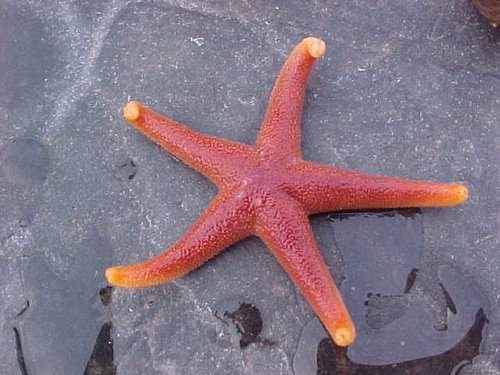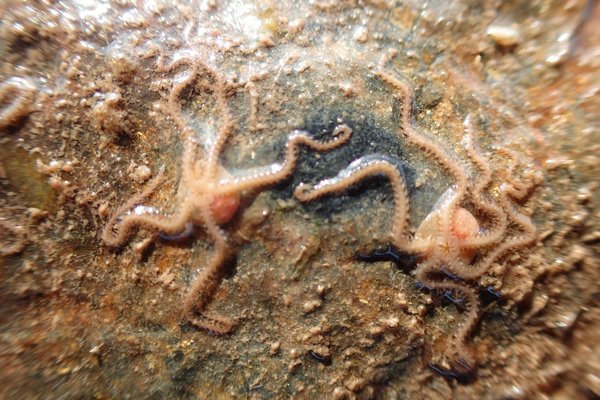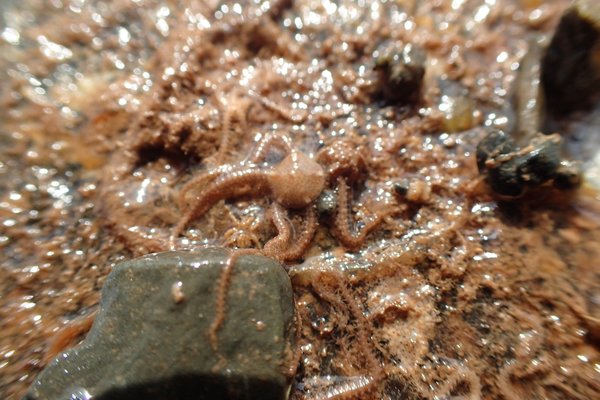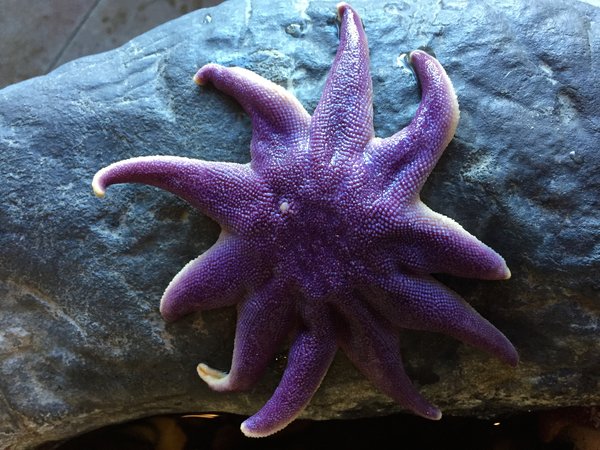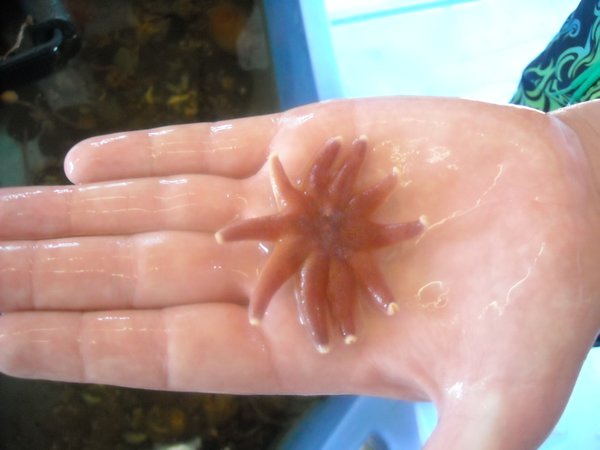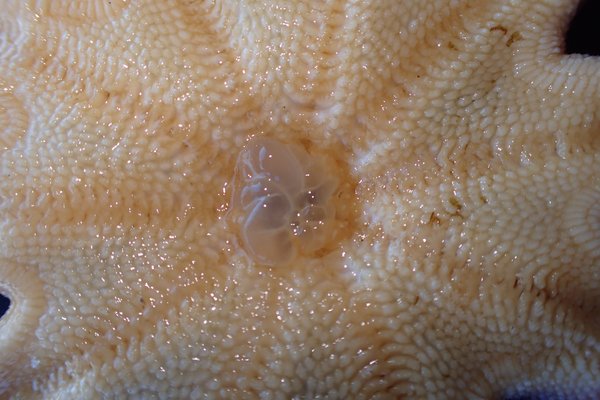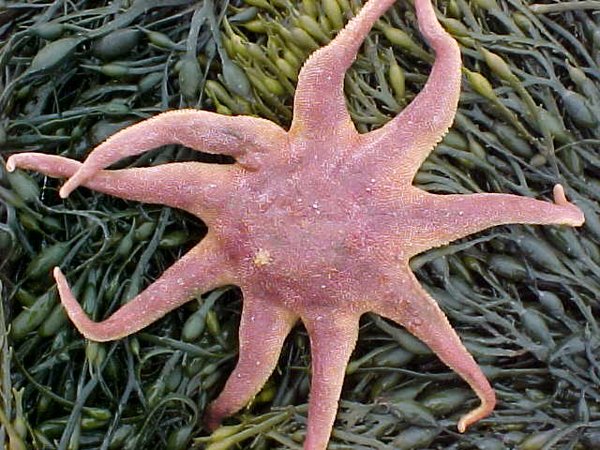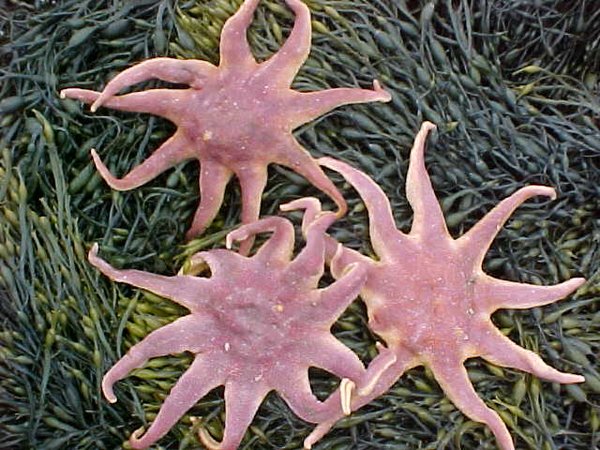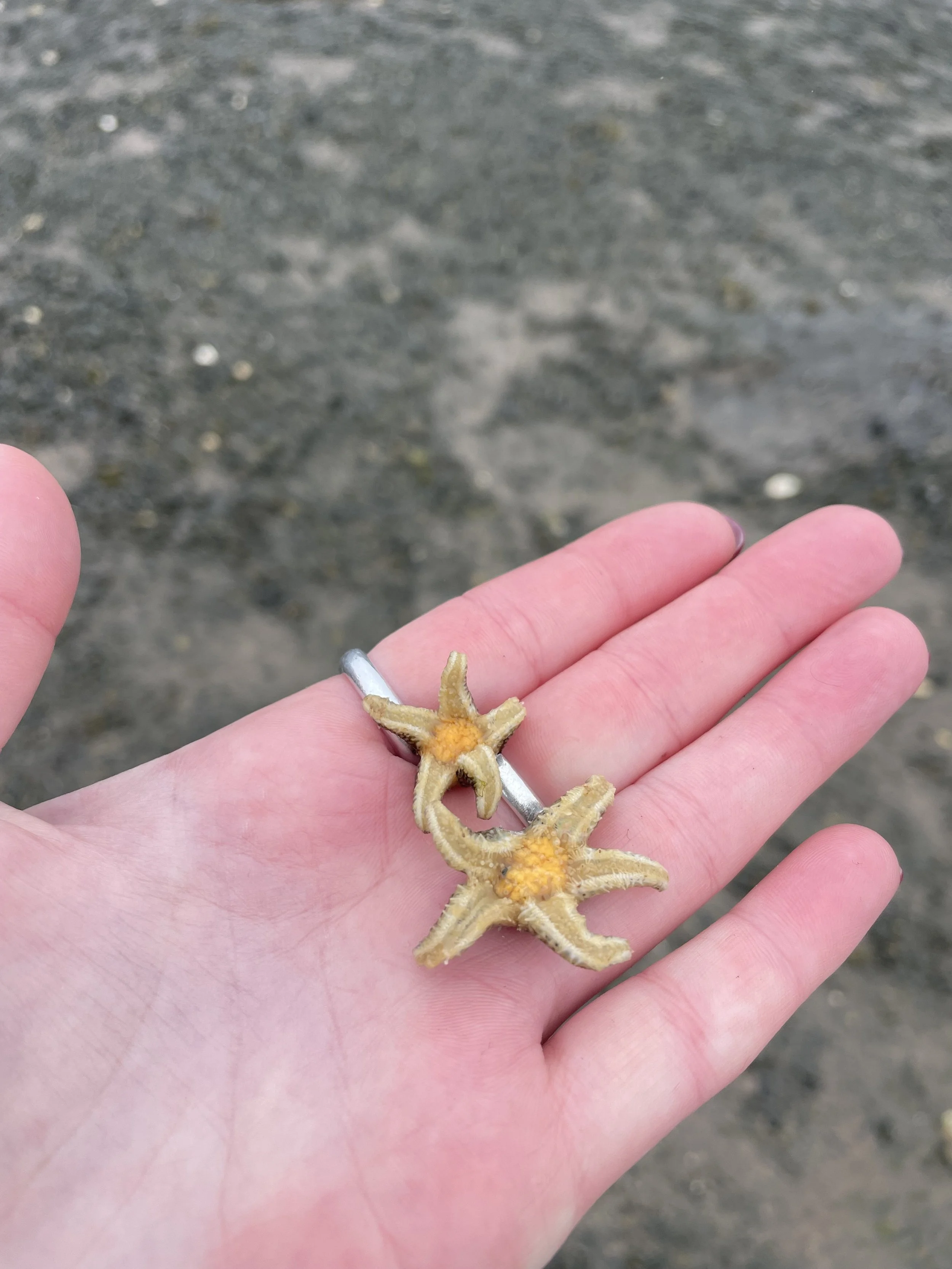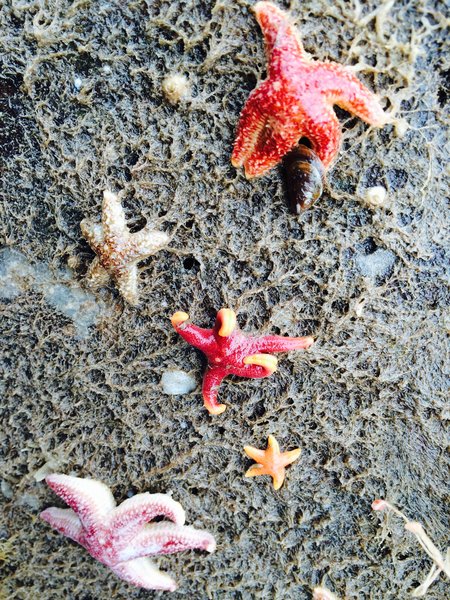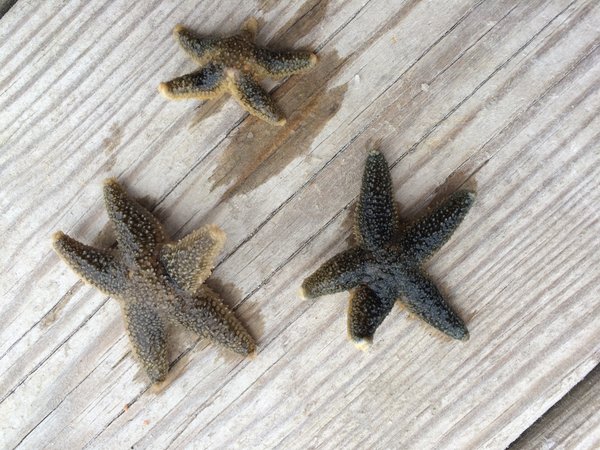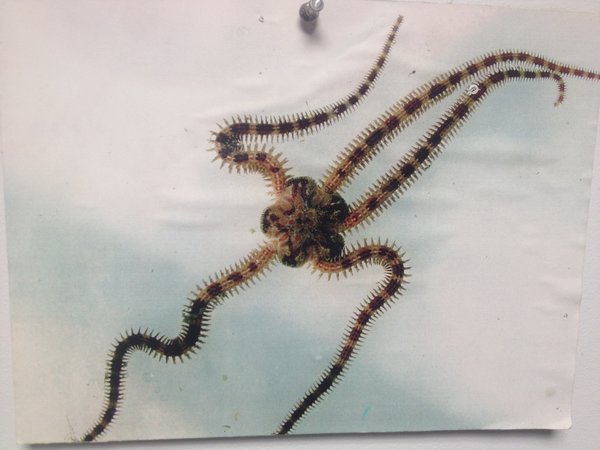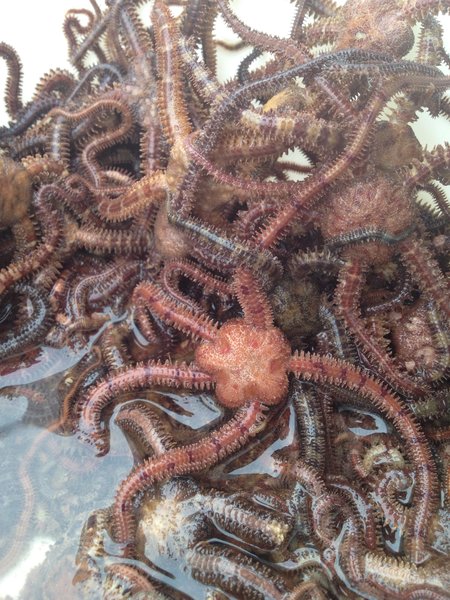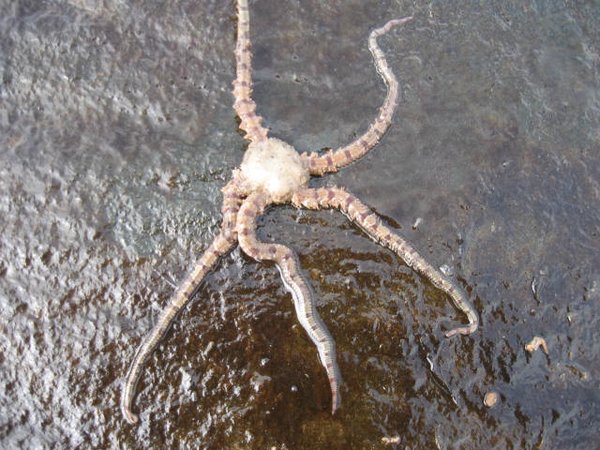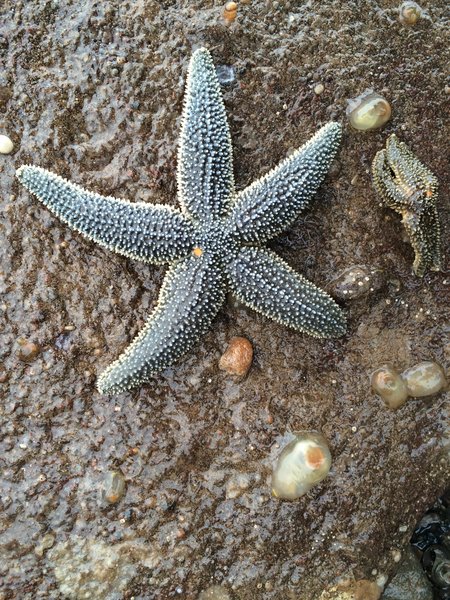 Image 1 of 5
Image 1 of 5

 Image 2 of 5
Image 2 of 5

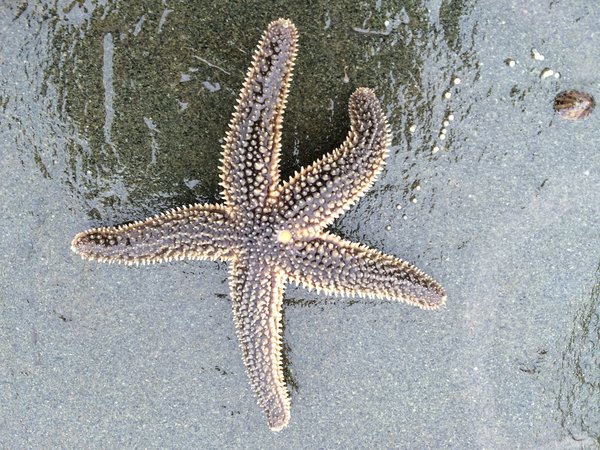 Image 3 of 5
Image 3 of 5

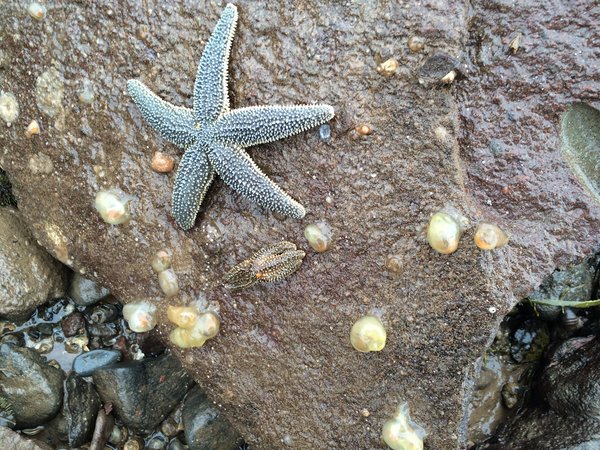 Image 4 of 5
Image 4 of 5

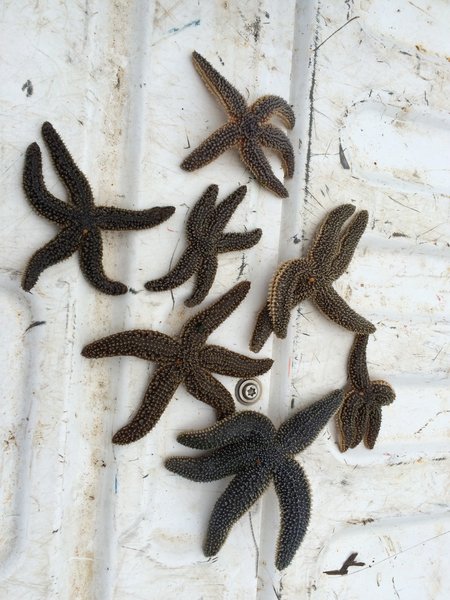 Image 5 of 5
Image 5 of 5






Forbes' Sea Star (Asterias forbesi)
Live Forbes’ Sea Star (Asterias forbesi)
Please note this is a live marine specimen.
The Forbes’ Sea Star (Asterias forbesi) is a common and hardy starfish found in the shallow coastal waters of Maine. Often seen clinging to rocks or crawling across tidepools, this species displays a range of natural colors from tan and brown to olive and pink. Closely related to the Northern Sea Star (Asterias vulgaris), Forbes’ Star is an excellent specimen for studying echinoderm anatomy, regeneration, and behavior. Sustainably hand-collected from the Gulf of Maine, each live specimen is carefully packed for safe shipment and ready for aquarium use, classroom observation, or dissection study.
Key Facts:
Common name: Forbes’ sea star
Scientific name: Asterias forbesi
Locations: Shallow waters of the coast, attached to rocks
Seasonality: Available all year
Colors: Tan, brown, olive, pink
Size: 3” – 6”
Collected: By hand
Quantity: Sold by the each
Note: This is a live marine specimen. Natural variations in size, color, and appearance from photos should be expected. If you would like any specimen preserved, please send a request to: info@gulfofme.com
Live Forbes’ Sea Star (Asterias forbesi)
Please note this is a live marine specimen.
The Forbes’ Sea Star (Asterias forbesi) is a common and hardy starfish found in the shallow coastal waters of Maine. Often seen clinging to rocks or crawling across tidepools, this species displays a range of natural colors from tan and brown to olive and pink. Closely related to the Northern Sea Star (Asterias vulgaris), Forbes’ Star is an excellent specimen for studying echinoderm anatomy, regeneration, and behavior. Sustainably hand-collected from the Gulf of Maine, each live specimen is carefully packed for safe shipment and ready for aquarium use, classroom observation, or dissection study.
Key Facts:
Common name: Forbes’ sea star
Scientific name: Asterias forbesi
Locations: Shallow waters of the coast, attached to rocks
Seasonality: Available all year
Colors: Tan, brown, olive, pink
Size: 3” – 6”
Collected: By hand
Quantity: Sold by the each
Note: This is a live marine specimen. Natural variations in size, color, and appearance from photos should be expected. If you would like any specimen preserved, please send a request to: info@gulfofme.com

Two stars beside each other. The orange - colored feature on the dorsal side of the visible star is its madreporite, through which it sucks seawater through its vascular circulation system.
Tidepool Tim says, “Similar to all sea stars, A. forbesi has “spiny skin” over its skeleton made by a thin layer of skin covering spiny bones. The skeleton is composed by bony plates bound by connective tissue to create moving joints. The spines are surrounded at the base by pedicellariae, which are small jaws that clear the sea star’s body of debris.”

